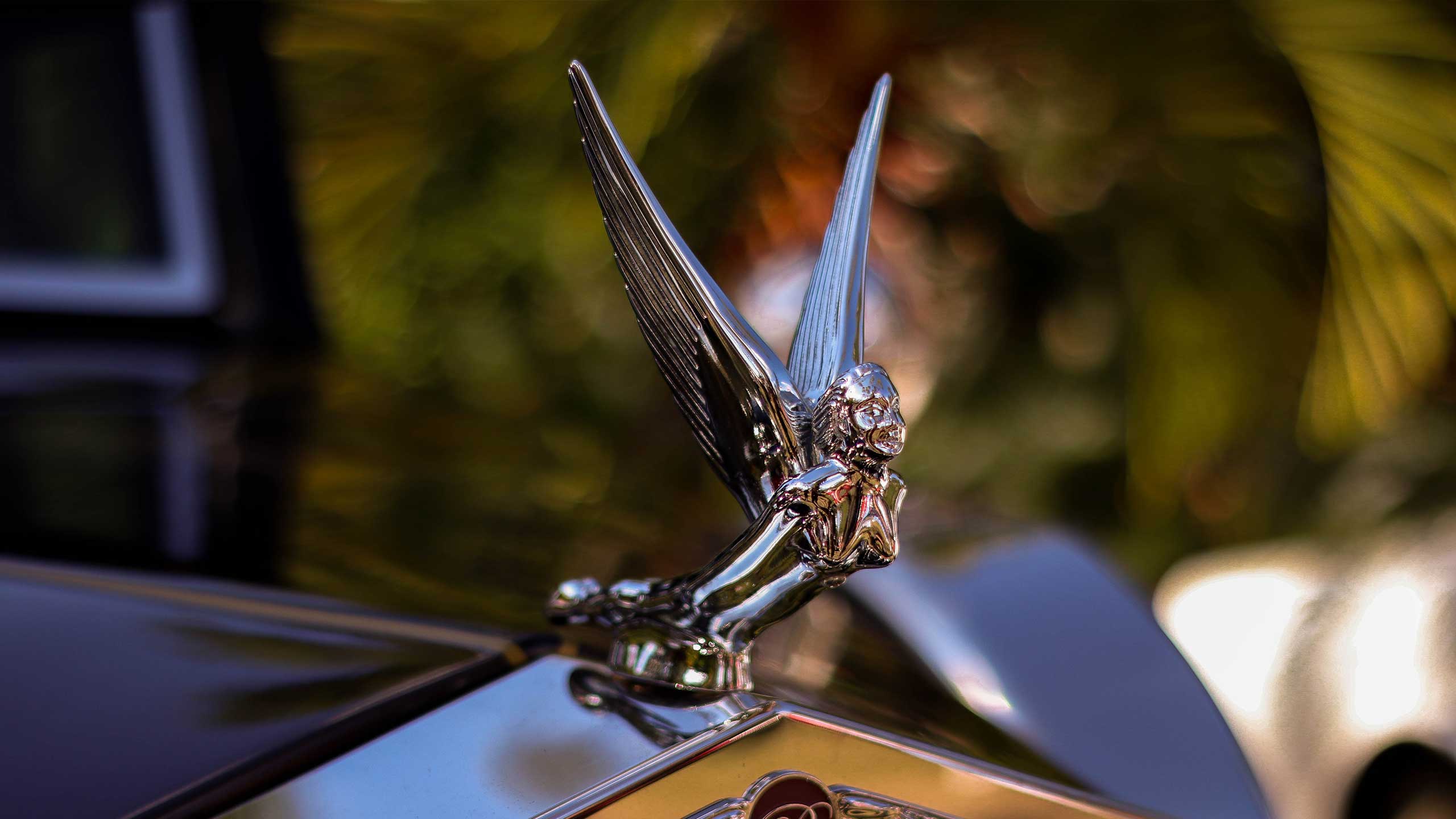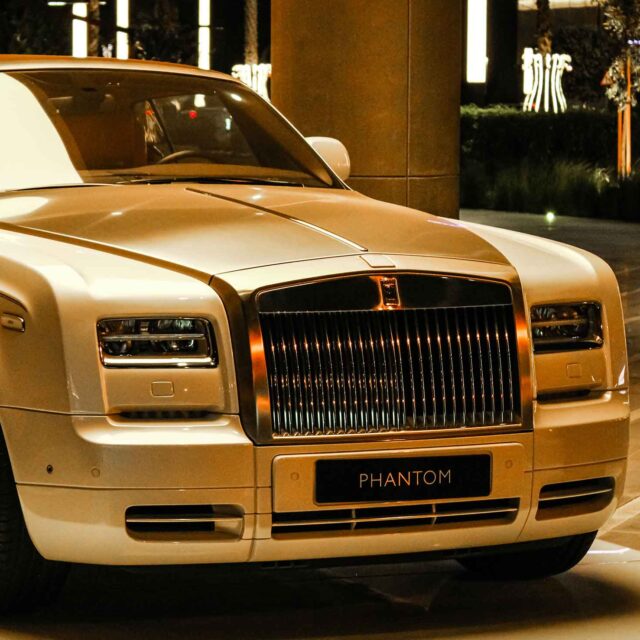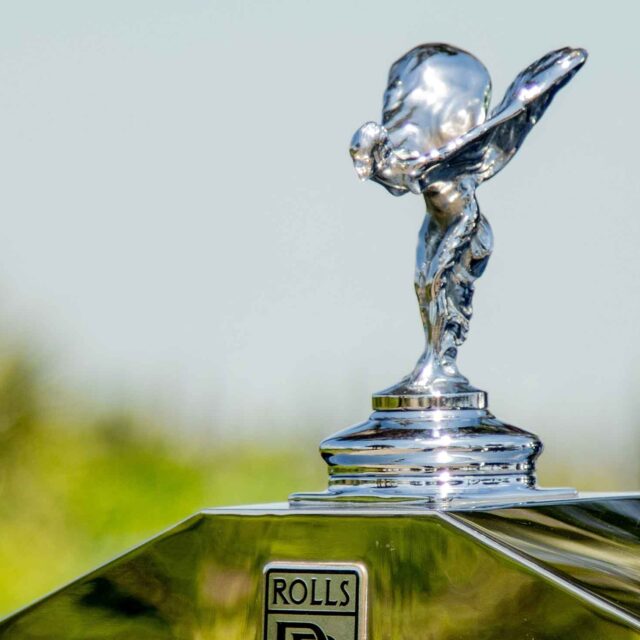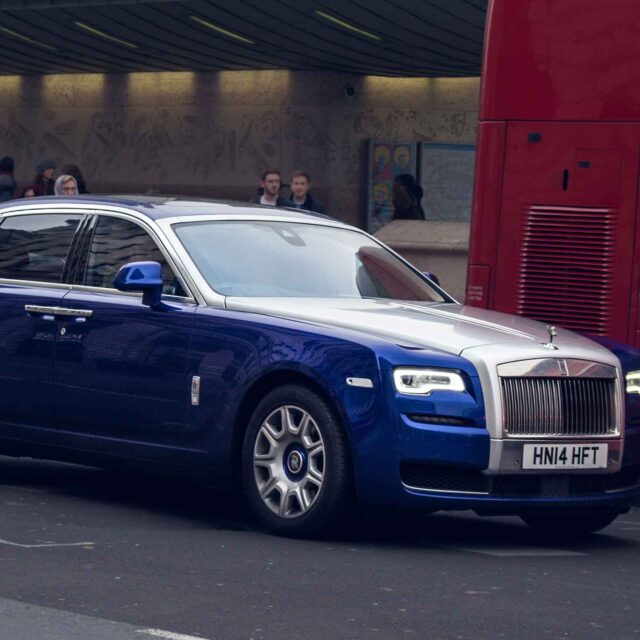The 20th century saw the birth of an exceptional relationship between two brilliant brains, Henry Royce and Charles Rolls.
Henry Royce overcame poverty, adversity, and a lack of formal education to become a world-class engineer. He was later knighted for his efforts. Conversely, Cambridge-educated, The Hon. Charles Stewart Rolls was born in aristocracy. He might have chosen a life of leisure, indolence, and privilege, but he chose the grease, filth, and hazard of early motor-racing and flight.
After shattering records, the Silver Ghost was named “World’s Best Car” in 1907. The legendary automobile achieved the Guinness record for a non-stop motor run by travelling from London to Glasgow 27 times, spanning 14,371 miles.
Rolls-Royce set land and marine records in the 1930s. It also witnessed the advent of Rolls-Royce Phantom III, the first Rolls-Royce with a V12 engine due to automation.
Each Silver Wraith had a coach-built body until 1959, making it a hefty car that required a 4,887cc engine for power and performance. The first Rolls-Royce sold with a steel body was the Silver Dawn. Rolls-Silver Royce’s Dawn was lighter than the Silver Wraith.
In the 1950s, Rolls-Royce displaced Daimler as the monarchy’s favourite carmaker. In 1950, Princess Elizabeth received the first Phantom IV. Only 18 Phantom IVs were ever manufactured, and they were meant for royalty and chiefs of state. In the late 1950s, the V8-powered Rolls-Royce Phantom V was a major hit.
Rolls-Royce began to attract new owners in the 1960s. Actors, rock singers, and celebrities picked Rolls-Royce as a status symbol.
A Hard Day’s Night was The Beatles’ 1964 hit. John Lennon gave himself a new white Rolls-Royce Phantom V. He wanted the automobile to be black inside and out, including the brightwork that would ordinarily be chrome or stainless steel.
Mulliner Park Ward painted the car’s wheel discs and bumpers black gloss. Only the Pantheon grille and Spirit of Ecstasy mascot preserved their chrome polish.
It was also one of the first vehicles in Britain to feature blacked-out windows, built from darker, reflecting Triplex Deeplight glass, 3/16″ thick in the rear doors and 3/4″ in the rear quarterlights, backlite, and division glass. “People assume dark windows hide them. Lennon told Rolling Stone in 1965 that it was partially for late nights. “If it’s daylight when you’re coming home, the car is still dark. Close all the windows and you’re still in the club.”
The back compartment had black Bedford cord fabric and nylon carpets, and the front had black leather. There were radio and TV aerials, and 7 pieces of black baggage. Unproven tales say the automobile contained a record player, radio telephone, fridge, writing table, and red mood-lighting with a rear seat that could be transformed into a pull-out bed.
Such daring, inventive, and unusual decisions are consistent with Lennon’s standing as a cultural pioneer. He’s also recognised with being among the first non-athletes to wear trainers as footwear away from playing venues, much like the streetwear phenomena of today. In a 1967 photo of the Fab Four, Lennon looks to be wearing Adidas Stan Smith tennis shoes, one of the brand’s most desired styles more than half a century later.
Later, the automobile was coloured psychedelic electric yellow with flowers, Romany scrolls, and zodiac signs. It’s distinctive, firmly associated with its owner, and created debate – possibly the ultimate expression of the Black Badge mentality. Today, Lennon’s Phantom V is a priceless pop memento.
In 2003, the BMW Group established a new Rolls-Royce factory in West Sussex, England, near the south coast. The new Rolls-Royce Phantom was the first to leave the manufacturing halls. Rolls-Royce introduced the redesigned Phantom after intensive development. It blends Rolls-unusual Royce’s proportions, radiator grille, and rear-mounted doors (called coach doors) with high-quality materials and state-of-the-art technology. The Phantom reflected Rolls-fundamental Royce’s ideals and symbolised its relaunch.
The new Rolls-Royce Ghost debuted in September 2009. The Ghost presented a more casual version of Rolls-Royce ideals. In 2013, Rolls-Royce added the Wraith, its most powerful and dynamic model.
Each Rolls-Royce is currently hand-built at its Goodwood, England, headquarters. Sir Nicholas Grimshaw created Goodwood to blend seamlessly with West Sussex.
Rolls-Royce automobiles have been adorned with the Spirit of Ecstasy mascot for over a century. Despite her renown and worldwide influence, many parts of her life remain a mystery. The design was registered as intellectual property on 6 February 1911, making it one of the most famous, recognisable, and desired emblems of luxury in the world.
Rolls-Royce recreated its Spirit of Ecstasy figurine for the Spectre’s bonnet. The first electric Rolls-Royce, Spectre, has completed winter testing. The bespoke facility, located in Arjeplog, Sweden, 55km from the arctic circle, is chilled to -26°C and -40°C.






